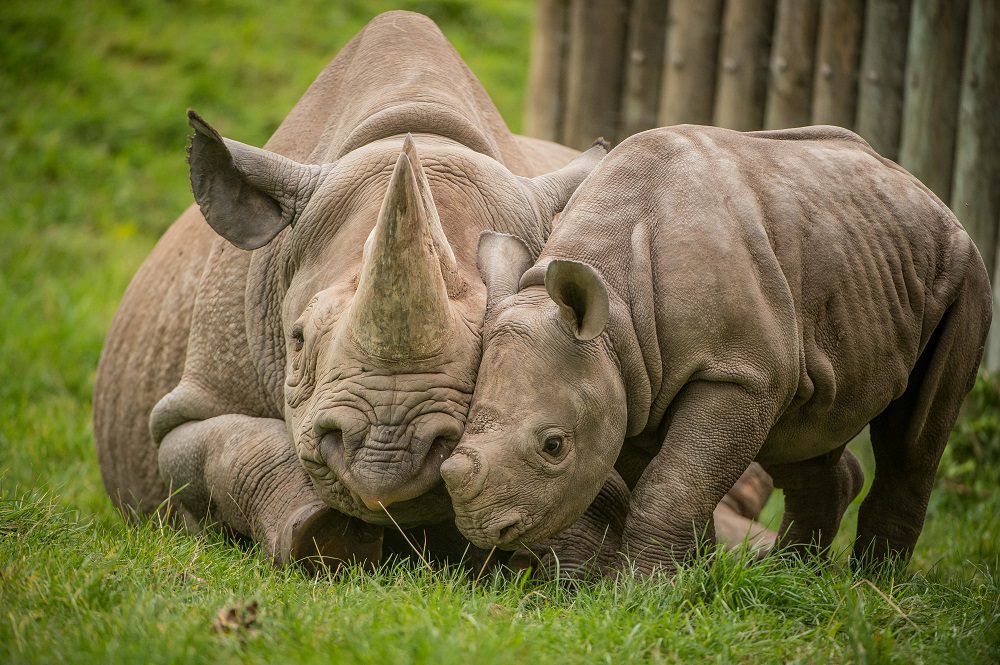Rhinos are facing extinction due to poaching, habitat loss, and political pressures. Conservation efforts are being made worldwide to save these majestic creatures. Poaching for their horns is a major threat, leading to a decline in rhino populations. Habitat loss from human development further endangers rhinos. Success stories in rhino conservation include community-based programs, translocation efforts, and anti-poaching technologies. By involving local communities, moving rhinos to safer areas, and utilizing advancements in technology, progress is being made in protecting these endangered animals. It is crucial to continue these efforts to ensure the survival of rhinos for future generations.
The Fight to Save Rhinos from Extinction: Conservation Challenges and Success Stories
Introduction
Rhinos are majestic creatures that have roamed the earth for millions of years. However, due to poaching and habitat loss, they are now on the brink of extinction. Conservation efforts are being made around the world to save these incredible animals from disappearing forever. In this article, we will explore the challenges faced in rhino conservation and the success stories that are giving hope for the future.
Conservation Challenges
Poaching
One of the biggest threats to rhinos is poaching for their horns. Rhino horns are highly prized in some cultures for their supposed medicinal properties, despite there being no scientific evidence to support these claims. As a result, poachers are willing to go to great lengths to kill rhinos and sell their horns on the black market. This has resulted in a devastating decline in rhino populations across Africa and Asia.
Habitat Loss
Another major challenge facing rhino conservation is habitat loss. As human populations grow and expand into natural habitats, rhinos are losing their homes. Deforestation and land development are further shrinking the areas where rhinos can live and thrive. Without adequate habitat, rhinos struggle to find food and water, reproduce, and avoid human conflicts.
Political and Economic Pressures
Conservation efforts are also hindered by political and economic pressures. Some governments prioritize economic development over wildlife conservation, leading to policies and practices that harm rhino populations. Corruption in some countries also fuels poaching and illegal wildlife trade, making it difficult to enforce laws and protect rhinos.
Success Stories
Community-Based Conservation
One approach that has shown success in rhino conservation is community-based conservation. By involving local communities in conservation efforts, organizations are able to create incentives for protecting rhinos and their habitats. Community members are trained as rangers, given employment opportunities, and provided with benefits such as education and healthcare. This not only helps to reduce poaching but also promotes sustainable development in the area.
Translocation and Reintroduction
Translocation and reintroduction programs have also been successful in saving rhinos from extinction. In countries where rhinos are at risk, organizations are moving individuals to safer areas with better habitat and protection. By reintroducing rhinos to these areas, populations are able to grow and thrive. This has been particularly effective in increasing the numbers of critically endangered species, such as the Javan and Sumatran rhinos.
Anti-Poaching Technologies
Advancements in technology have also played a crucial role in rhino conservation. Drones, GPS tracking devices, and camera traps are being used to monitor rhino populations, detect poachers, and gather valuable data for conservation efforts. This has helped to improve law enforcement, reduce poaching incidents, and protect rhinos in some of the most remote and inaccessible areas.
Conclusion
The fight to save rhinos from extinction is a challenging but crucial endeavor. Despite the many obstacles faced in rhino conservation, there are success stories that give hope for the future. By addressing poaching, habitat loss, and political pressures, and implementing innovative conservation strategies, we can ensure that rhinos continue to roam the earth for generations to come.
